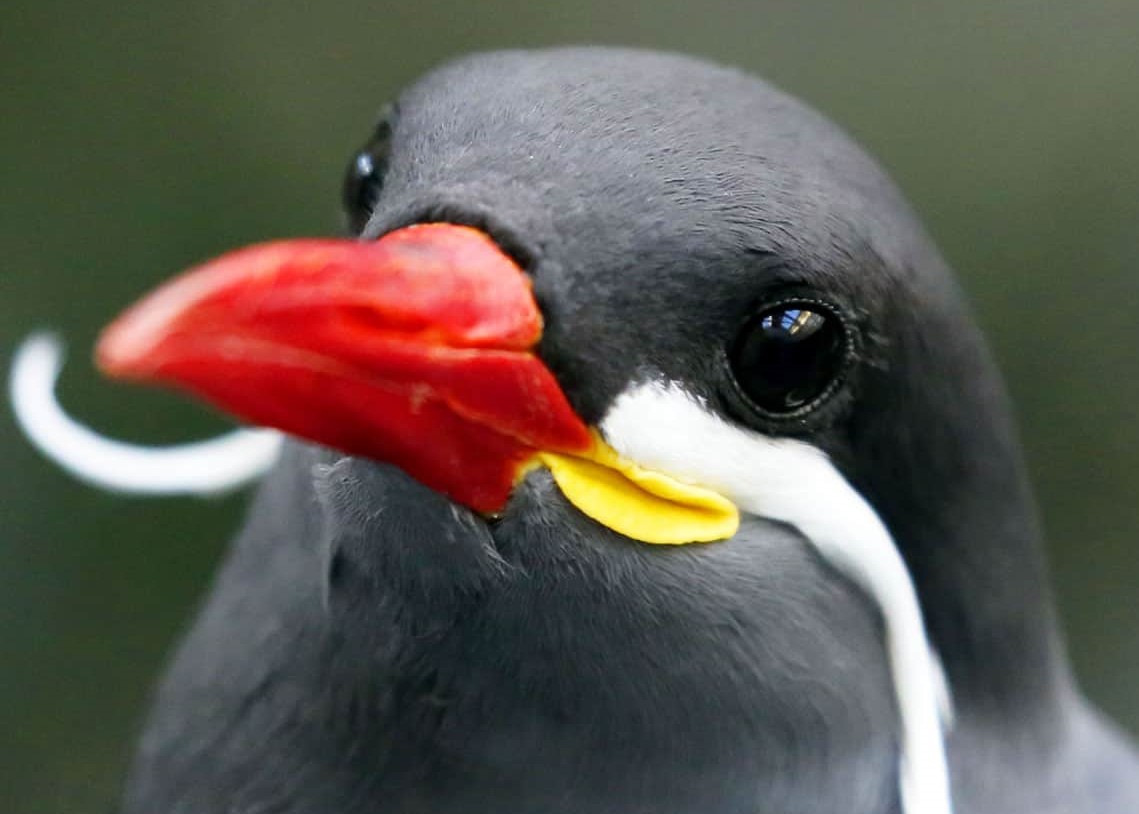Pirate Panda
Anatomy
Pirate pandas have a similar physique to most animals in the Ailuropoda genus, shared with many famous flagship animals such as the giant pandas of Earth. They have a stocky build, with black and white fur and brown stripes around their eyes, nose, ears and paws. Pirate pandas grow to 3 metres tall when stood on their hind legs, and about 2 metres tall when walking on all fours.
Their paws have incredibly thick skin, designed to withstand the force of punching through the grandia trees. They are pentadactyls, with five digits on each paw. Four digits are mobile, while one is equipped with a large talon and is three times shorter than the other digits and is used to rip apart food.
Reproduction & Growth
Pirate pandas mate for life. They find a mate at 7 years old, establishing a close bond extremely early on. Males will spend weeks upon weeks of their lives searching for the perfect stick of bamboo to give the female. If the female is impressed, she will sing to him. This singing signifies a relationship with the pandas.
Pirate pandas have a gestation period of 620-639 days, giving them the longest gestation period of any animal on the planet. Pirate pandas give birth to one cub at a time, which is completely dependent on parents. At birth, the cub is 4 inches long, hairless, blind, and mucus covering the ears prevents hearing. For the first week or two the cub will suckle at the mother's teets constantly, which is incredibly draining for her.
Pirate pandas are classified as adults at 6 years of age. They become sexually mature at 7, and for the first year of their adulthood they are completely separated from parents to force them to mature and learn how to feed on their own. For the first 6 years of their life, they never leave their parent's side and only learn to eat proper food once they are about 4 years old.
Diet
Pirate pandas are entirely herbivorous. In the wild, they primarily feed on various bamboos and tall growing grasses, which are abundant on many islands. If food is scarce, the pandas will leave the island and swim to ones nearby in search of more food. Moving islands is risky, since swimming uses up so much energy, which is why many pandas will wait for more food to grow on their home island.
Pet pirate pandas are fed a similar diet, however most of their food is processed. Most commercial pirate panda food comes in the form of large pellets. These pellets are unappealing to the eye but contain all of the necessary nutrients compressed into bite-sized portions.
Habitat
In the wild, pirate pandas frequent tropical rainforests. The majority of the overgrown islands on Sacaethea are tropical of some sort, yet wild pirate pandas are hard to come by. This is partly because most pirate pandas are domesticated and only a small percentage of the entire species is wild, but it is also because of the abundance of predators.
Their bold colours make them easy to spot, however the recent presence of brown in their colouration suggests they are adapting to these environments, albeit slowly. Pirate pandas are slow to defend themselves from predators thanks to their gentle natures and their slow reaction speeds, so they spend a lot of their time wading through thick bushes in the undergrowth, in an attempt to camouflage.
Intelligence & Pirate Life
For a species not classified as a sophont, pirate pandas are incredibly intelligent. They are named after their cooperation with the pirate species. They are commonly seen up in tree cities, providing menial help with blacksmiths, chefs, woodworkers, among many other professions.
Pirate pandas have a developed understanding of maths, making them very good workers. They can count to at least a hundred, and some have even been known to understand basic addition, subtraction, division and multiplication. Pirate pandas have languages of grunts, barks and bellows, which can be understood with time and effort.
Some pandas have the luxury of sailing throughout the oceans alongside pirates. These pandas have entirely different skillsets, and are able to identify various aquatic species, beneficial when a specific species is being hunted for food.
3 metres (on hind legs)







I've got to ask, is pirate pandas anything to kung fu pandas?
Nope :P